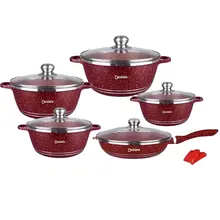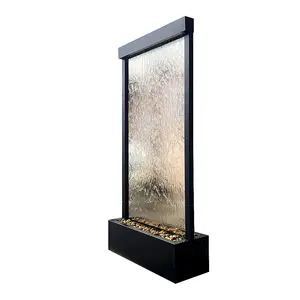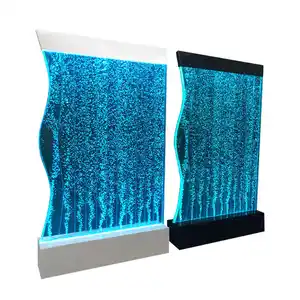The Flexible LED Display, with its capability to form into various shapes, offers a unique approach to visual presentations. It comes in a range of pixel pitches, including 1.25mm, 1.579mm, 1.667mm, 1.875mm, 2mm, 2.5mm, 3mm, and 4mm, allowing for customization based on clarity and resolution needs. The design is notably slim, with a thickness of less than or equal to 12 mm, and each module is exceptionally lightweight, at less than or equal to 85 g, facilitating easy manipulation and installation.
Durability is a key feature, as evidenced by the modules' performance in over 10,000 bending tests, indicating a robustness suitable for creative and dynamic display configurations. The adaptability of these screens is further highlighted by their magnetic connections, which simplify the assembly process, allowing for quick and efficient setup.
Beyond conventional flat displays, these LED screens can be transformed into an array of creative shapes such as inner and outer arc shapes, S shapes, spherical forms, and more, offering a versatile solution for creating LED waterfall screens. This flexibility is instrumental in crafting displays that can fit into unique architectural spaces or design concepts, enhancing the visual impact of any content displayed.












































 浙公网安备 33010002000092号
浙公网安备 33010002000092号 浙B2-20120091-4
浙B2-20120091-4